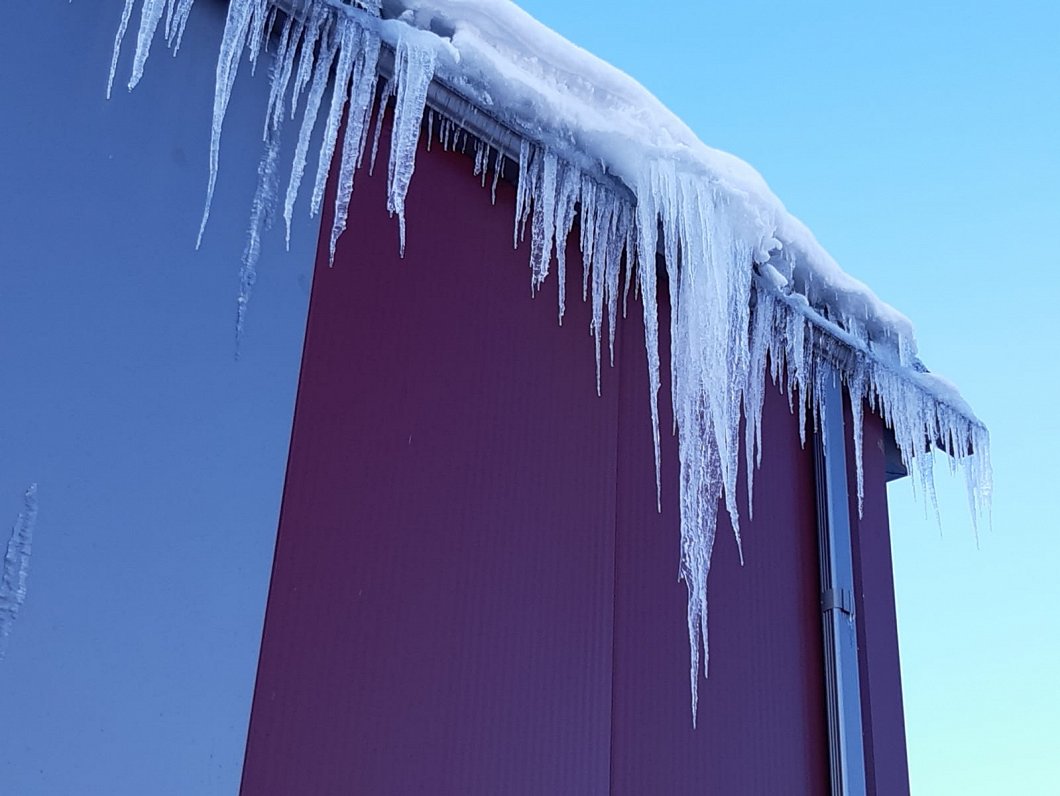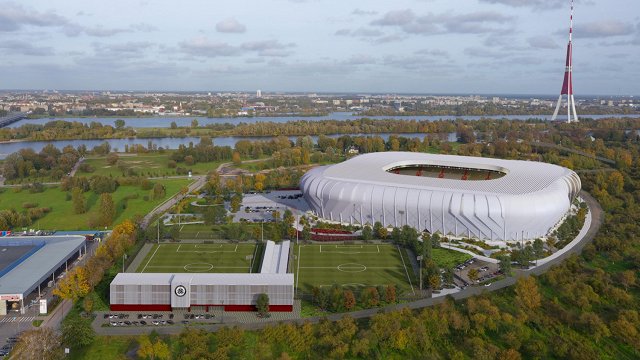The heating bills in modern apartment projects are around three times lower than in houses built during the Soviet era, and it turns out that even the buildings built in the so-called 'fat years' – the 2000s – are not energy efficient enough by today's standards.
The Cabinet of Ministers approved "Methods for calculating the energy efficiency of buildings and regulations for energy certification of buildings" three years ago. Mārtiņš Auders, director of the Housing Department of the Ministry of Economics (EM), said that primary energy efficiency requirements were introduced in these regulations, which apply to newly constructed buildings.
"If there is a renewable energy resource that is used for home heating, hot water preparation, lighting and so on, cooling, let's say, then it has a very significant impact, even despite perhaps high consumption. Let's say if solar energy is used and a heat pump is included, then it will be a very good indicator from the point of view of primary energy," explained the EM representative.
Auders cited heating costs as an example. Depending on the heat energy consumption, houses are divided according to building energy efficiency classes from A to F. New buildings must meet class A.
"Let's say class A is 40 kilowatt-hours per square meter. For example, renovating the so-called "khrushchevkas" [apartment block from the Khrushchev era of the Soviet Union], consumption before renovation is 152, while after renovation 58.
So the indicator is not so bad after renovation. It is, of course, behind new constructions and behind by 20 kilowatt hours, but it is not like before the renovation... it is now comparable in terms of percentage," Auders said.
Building physics engineer Andris Vulāns said that not only houses built during the Soviet era are energy inefficient, but also in the so-called fat years from 2000 to 2010, when there was a construction and real estate boom that saw houses and apartent blocks built speedily – and not always with an eye on longevity or energy efficiency.
"Considering how technology has developed with regard to, for example, glazed structures, the first so-called modern buildings that were built, they are very often also very energy-inefficient, and in my practice there have even been cases that those buildings are even more energy-inefficient than buildings built during the Soviet era. One important indicator that is not paid attention to is the air permeability of the building. Very often this indicator is very bad and it means that the air permeability loss can be as much as 50% of the total heat loss of the building, and then we get an insulated house, but it is cold, and the reason is very often [that] we have many other defects where the heat disappears. At the moment, maybe [builders] have already learned more, they have more experience, and maybe they don't make gross mistakes like they did in 2010, 2005," Vulāns said.
Edijs Kupčs, head of the Association of Latvian Building Contractors, assessed that it is necessary to conduct an energy audit in the old buildings.
"Going forward, of course, those requirements and those regulations will come in and they will continue to create an even more precise standard of how to build energy-efficient buildings and, accordingly, save energy in all ways. From this year, there is green public procurement, which also greatly strengthens this direction, although it's more about different types of buildings than housing stock. There's also that question of what the life cycle of a building is and how it works not in the short term but in the longer term," Kupčs said.
During the last 20 years, the construction of new housing in Latvia has taken place mainly in Rīga and Pieriga [the area imediately around the capital], and the number of new buildings is still only 7.6% of the total stock of housing.





























